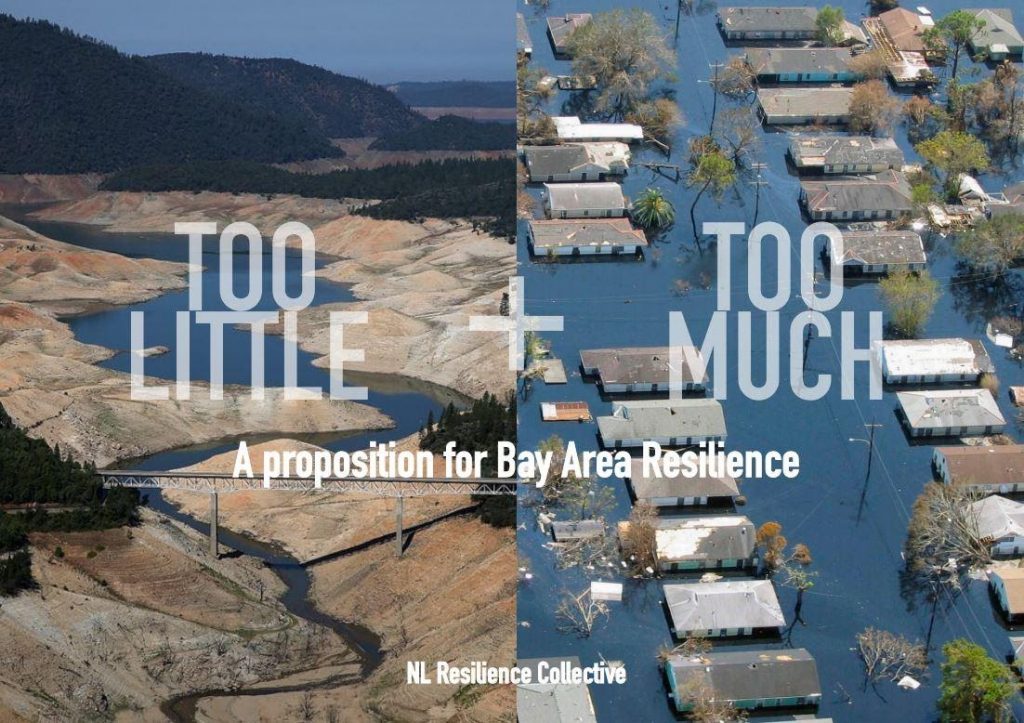“Work together, stop postponing and implement the opportunities.”
In short, this is the recommendation in a new report from a group of Dutch water experts for the San Francisco Bay Area. The report, “Too Little + Too Much” was presented to California legislators during the Global Climate Action Summit.
Sea-level rise will have a major effect on the Bay Area and the report is an effort by Dutch experts to help the Bay Area find fitting solutions.
Resilient By Design Bay Area Challenge
The report is a spin-off of the Resilient By Design Bay Area Challenge, where 10 teams of international experts developed ideas for existing problems in the Bay Area. This report goes a step further, says Henk Ovink, Dutch water ambassador, who also worked on President Obama’s Hurricane Sandy Rebuilding Task Force.
“What the Bay Area is missing is an overarching approach, one that spans from Napa Valley to San Jose,” Ovink says. “Right now, the issue is addressed by communities, cities, counties and the state separately. The problem with water is that it doesn’t stop at any man-made border. My solution too easily becomes my neighbor’s problem. The Bay Area needs to take the system’s scale serious and get on the same page, to create a programmatic regional approach for transformative solutions that works for all.”
“Too Little + Too Much” was presented to California State Senator Scott Wiener, as well to Assembly Member Rob Bonta and will later be handed to Governor Brown of California.
Current and future challenges
The Dutch participants in the RBD Challenge, ONE Architecture & Urbanism, Deltares, MVRDV and Goudappel-Coffeng, together with jury-member Henk Ovink, worked on a proposition for the resilience of the entire Bay Area in the context of its current and future challenges.
“The need for this approach is not as difficult as it seems,” says Ovink. “People often want to solve the challenges that come with climate change with a single solution and get over with it. But one wall can never deal with the complexity of the climate challenge that has economic, environmental, social and cultural dimensions across all scales. Single focused solutions are often dramatic and only cost a lot of money. They only help in one dimension and for a little while. Like in the Netherlands, we have to move towards living with the water: learning how to deal with no or not enough water, polluted and of course too much water. And give the water the room and quality it needs and that we need.”
This way, building a resilient Bay Area provides a new start. “Rethinking the development of any place in connection with these water challenges turns even sea level rise into an opportunity for more nature, better housing and strengthened cooperation,” Ovink says.
Working together
The Netherlands and California have been working closely together on climate action for the last few years, says Gerbert Kunst, Consul General of the Netherlands in San Francisco. “The innovative Dutch approach of soft and hard measures makes the Netherlands the safest delta to live on Earth. Together with California, we exchange innovative ideas to adapt to climate change, but also to have a strong economy. I’m looking forward to continue working with California and be leaders in climate action,” Kunst says.
During the Global Climate Action Summit in San Francisco, September 12-14, the Dutch delegation will highlight innovative techniques to reach the Paris Agreement Climate Goals. The Netherlands is a leader on climate action and believes fighting climate change and profitable business go hand in hand.
Focus during the Summit are Circular Economy, Resiliency and Mobility. The Dutch Minister for the Environment, Mrs Stientje van Veldhoven will represent the Dutch government, together with more than 50 Dutch businesses and organizations.

